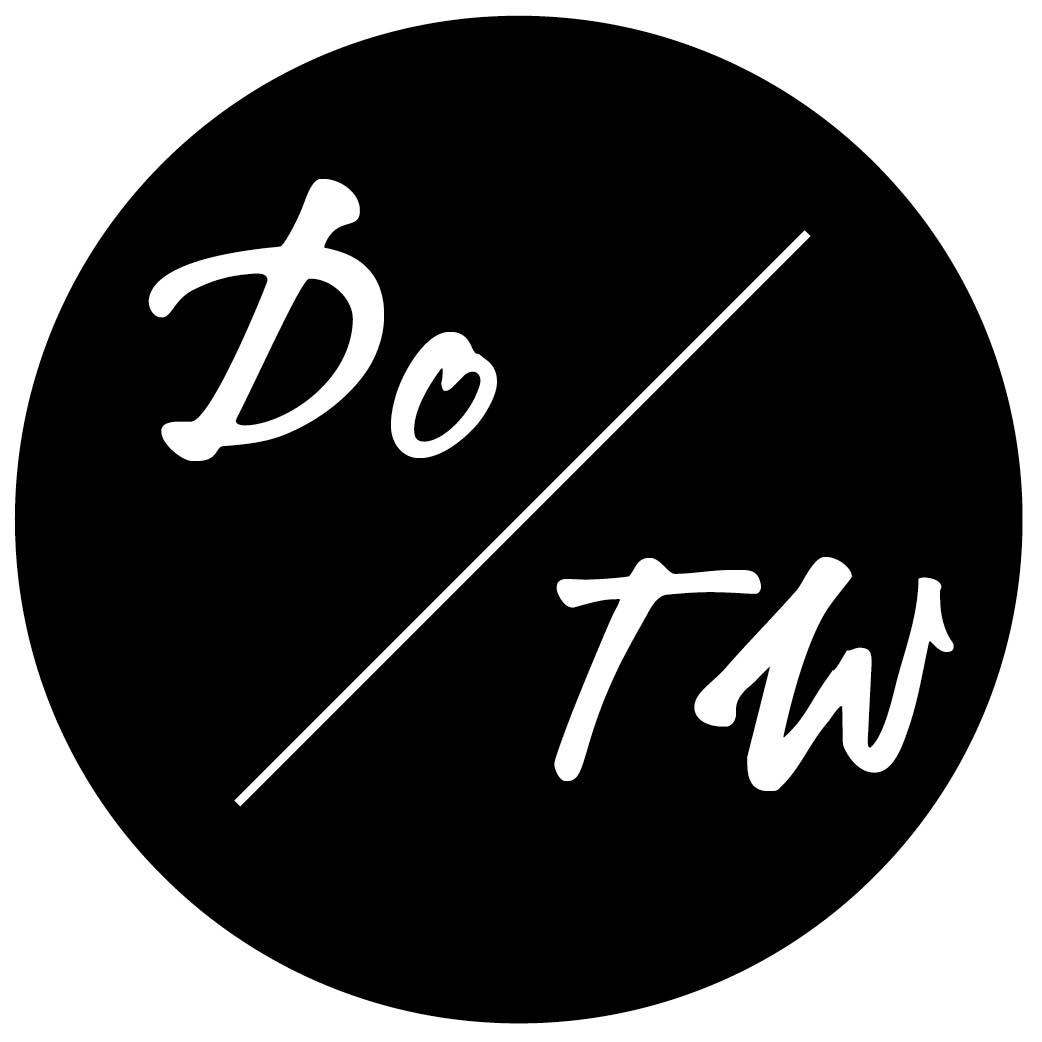How to Write a Travel Article Pitch that Sells–In 15 Minutes
When it comes to pitching, I tend to read a lot more blogs, websites and books about other types of journalism—everything from business to health to international news.
I’m not saying that travel writers (those who have a lot of assignments) don’t know how to pitch, but it just seems that not a lot of folks talk about, specifically, how to write pitches in the way you need to to be a well-paid, busy writer:
- clearly
- quickly
- without a lot of emotional investment
A Pitch A Day Keeps the Doubts Away
There are two key things that I’ve seen that unites nearly every person who is able to do this job well and long enough to be a full-time, non-trust-fund freelance, travel writer:
- not getting hung up on pitching
- doing it regularly, not just when they’re out of work
In my own journey as a freelance travel writer, I’ve actually found that these two things are two sides of the same coin.
It might not be true for everyone, but I feel like:
Being able to let go of your pitches is a partial result of having many in circulation. You don’t start worrying about any one if there’s lots of them out there and at least a handful are getting responses.
Sales people call this the law of averages. Not because of the psychological aspect, however, but because no matter how well-qualified a target or well-aimed a pitch, things don’t work out every time, so you need to have a lot of things going out to end up with enough coming in.
The really high end of this is to be so busy sending out pitches and working on the things that come in that you never even follow up, but I just want to take one second to say I do not recommend that.
To put it more clearly (and we’ll have a whole week about when, how, and why to do this later): always follow up on your pitches.
A lot of people get a large portion of their assignments that way and there are some really clear reasons behind this that we’ll delve into. But, for now, back to getting that first pitch out. Quickly. And well.
The Beauty of the Blitz
I am a major…no, let’s say inordinately huge fan of the pitch blitz.
When you are in a period of really needing to fill in your work calendar fast, this is the way to go. But if it takes you two to six hours to write each travel article pitch (some numbers that I have heard from new folks in various writing groups I’m a part of), how can you possibly get a good number of pitches out in one day, weekend, or week? (I like 25 personally)
Another writer on writing that I am a huge fan of has a whole course built around sending out 30 Queries in 30 Days that takes a factory-style specialization approach to batching the work that goes into pitching so you can prep a lot of ideas and get into flow state on each part—
- researching ideas,
- validating ideas,
- researching magazines,
- and finding editor contact info
—so that the final pitch writing doesn’t feel like work at all, but rather a simple putting down of information that’s already rattling around in your head.
While this works great for blitzing, what about when you just want to get one or a couple pitches out to do your apple a day and keep the “did the editor hate my idea?” blues away?
This is where the 15-minute (Max! Seriously! Don’t take more time) pitch plan comes into play.
By setting a timer—though it becomes more automatic with enough practice—you can get stellar pitches out fast without dropping into the pit of never-ending idea generation, magazine research, and “is this sentence catchy enough” malaise.
Ready, Set, Assignment
This pitch plan method presupposes that you already have a good idea in mind and a magazine that is a match for it.
I preface by saying this, because this is a step that a lot… I would say at least 80% of writers who think they should be getting responses, and aren’t, skip.
We’ll cover this in much greater depth in a few weeks though if you need help with this juncture.
Okay, let’s get to it.
All pitches are primarily composed of three things:
- the lead/lede or intro
- the outline on how you’ll write the piece/what it will be about
- the “I’m so great” (ISG) paragraph or why you should be the one to write it
The lead comes from your research on the idea. The outline comes from your research of the magazine or website you’re pitching. The ISG is something that you should have on file and tweak as needed or be able to write in one minute.
We’re actually going to work backwards. It’s easier to start with what you know best. And everyone hates coming up with a clever lead.
Work Backwards
Minute 1: Fill in the blanks
My writing has appeared in ___, ____, and _____, [INSERT THE BIGGEST NAMES YOU HAVE IN YOUR PORTFOLIO FOR THE FIRST TWO AND SOMETHING SPECIALIZED TO THIS PIECE’S TOPIC FOR THE LAST ONE IF POSSIBLE] and ______ [INSERT WHATEVER SPECIAL CONNECTION YOU HAVE TO THIS ARTICLE IN TERMS OF PERSONAL EXPERIENCE]
Examples for the second blank are things like: I’ve just returned from trekking in Borneo (for a piece about independent travel in Borneo); I’m a certified sommelier (for a piece about Israel’s new wine regions); I’ve been mountain biking for 25 years (for a profile on the top female mountain biker in the world).
Don’t take more than two minutes on this. It should take 20 seconds.
Fill In the Middle
Minute 3: Skim the last 3 articles like this in your target
Make notes on:
- the word count
- the style (is it first person? third person reported? catchy and salesy? newsy and dry? full of buzzwords or local lingo for color?
- the number of interviews (if any)
- the structure (is it in sections like a round-up? is there an info box?
Take one minute each max. Seriously.
Minute 6: Fill in the blanks
In this ___-word _____ (style of piece: feature, interview, profile, destination piece, round-up, etc.), I will show readers _________ [chose one]:
- [INSERT THREE NEAT THINGS ABOUT YOUR DESTINATION/HOW TO TRAVEL THERE] for services pieces
- [TEASE THREE UNUSUAL THINGS ABOUT YOUR SUBJECT] used for profiles or short front of book pieces on new places or things
- [HIGHLIGHT THREE THINGS THAT WILL BE IN YOUR ROUND-UP AND WHY EACH IS IMPORTANT] for round-up magazine articles or list blog posts
Add the Cherry on Top
Minute 10: Find the hook
Look through your research on this idea—i.e. notes if it’s from a trip you’ve been on or whatever gave you the idea in the first place if it’s something you’ll research more after you get the assignment—for what made you think this idea was worth writing about.
Was there a too-good-to-be-true statistic that a tour guide dropped that is actually correct? (For instance, “Uzbekistan is the third largest exporter of apricots in the world.”)
Is this the only thing of its kind in the world or the country? (i.e. “France has more volcanos than any other Western European country.”)
Was there one image or experience that stood out so clearly that you know someone else would want to replicate it? (like “on the super secret behind-the-scenes tour of Grand Central you can enter a place typically reserved only for the standing president of the United States.”)
Write that down in one to two sentences (preferably no more than 50 to 100 words). That’s your lead.
Minute 15: Write your subject line by filling in the blanks
“PITCH: ___________ [INSERT DESCRIPTIVE TITLE ENCAPSULATING TOPIC] for ________ [INSERT NAME OF SECTION OR DEPARTMENT]
The title should highlight the unique aspect of your idea, like:
- Unearthing Rare Truffles Under 5 Feet of Snow
- Trend Alert: Skinny Dipping in Piranha-filled Waters
- Forget Lavender—Provence is the New Adventure Sport Capital of France
- Ireland’s 12,000-year-old Cheesemaking Tradition
Now hit send!
Please note that this is a highly simplified pitch plan formula best used for quick pitches and simple pieces. A.K.A. Don’t use it to pitch a 15-page feature to the New Yorker. I have, however, used this as an opening salvo for feature-length articles in small or regional magazines. Editors love short, to-the-point pitches. It saves them triage time.
However, I have actually found and seen in many classes on pitching that these quick pitches seem (this is anecdotal, but I could get some numbers if people are interested) to result in more assignments—I think because you are not obsessing.
Now, what are you waiting for? Set the clock for 15 minutes!

